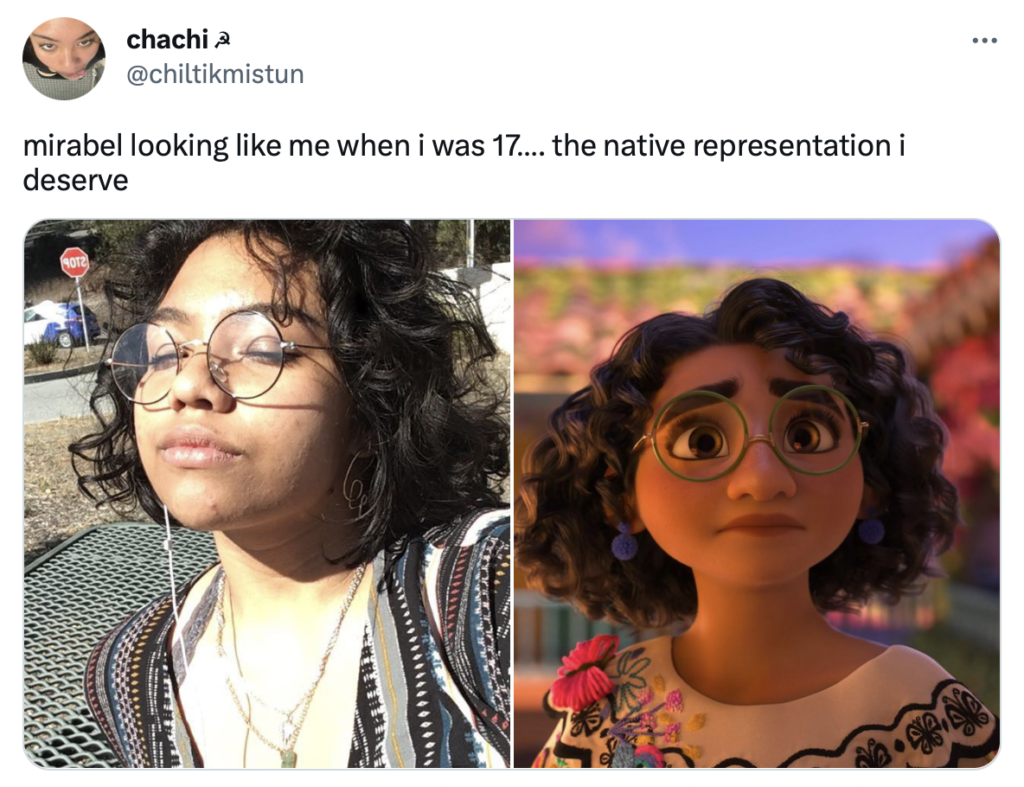I will open this post with a story I have never told the Internet before. The story of how I got my glasses.
“Eat your greens or you’ll ruin your eyes. Fir chashma pehen-na padega.”
My first memory of this comment is from first grade. It didn’t really work the way my folks thought it would. They couldn’t scare me into hogging on broccoli and cabbage for all my meals. But they managed to plant in me a certain contempt for people who wear glasses. And the determination that I will never be the kid who my parents talked of like this – like a bad example. So when my vision started to get shaky in third grade, I kept it a secret. I could not be the kid who wears glasses. The bad example.
Similar beliefs were reinforced by the movies and shows I watched growing up. Be it YJHD’s Topper Naina or Kal Ho Na Ho’s Chashmish Naina, women with glasses were always laughing stock. Or bully stock. Or unlovable characters. This was not going to be me.

I had memorised the reading chart at the opthal’s. So, while I couldn’t really read it, I could speak out loud what I had crammed and fake my way out of glasses. By fifth grade, it got worse. I could not read numbers if I sat on the last row in the classroom. In eighth grade, my literature teacher wrote a note to my parents to get an eye check-up. I felt humiliated. So I forged my mom’s signature on the note and returned it back. (Will I go to jail for this? I don’t know what the rules are.)
By ninth grade, I couldn’t read the blackboard from the first seat too. I finally gave in in grade 10. I had to if I wanted any chance at continuing to study. Dad and I went to the opthal’s and I came back home with minus 6 glasses. Six years later today, I am down to a minus 10.
So when last year I saw Mirabel – a greatly loved Disney movie protagonist who fashioned her bright green glasses – my heart felt a long due relief. Maybe this was what I had needed all this while. Perhaps it was also what the 140 people from my Instagram who admitted to feeling ashamed of wearing glasses also needed. (Anyone hiring researchers? I think I have cracked the field.)

Being able to see yourself validated by a movie on mega-screens, a kind of quiet permission to serve your needs with no shame – maybe this is how seeing more acceptance and kindness for real characters can help us with better body image. While there is no denying the systemic nature of these issues, I strongly believe that tweaking the media that we consume can change the narratives we believe.
Had I seen Mirabel Madrigal on screen 13 years ago, I wouldn’t have waited 7 years to get glasses. Had movies been kinder to my 140 friends on Instagram, they wouldn’t be stepping out of the house with a bag of insecurities every day. Had someone, somewhere decided to start making more inclusive media, no one would feel out of place in this big, bald world.
This, dear Disney, is what diversity on screens can do to people.
This, dear Disney, is why you need to serve more real characters to your fans, especially to your kids.
This, dear Disney, is my story with Mirabel. Here’s some more from the Internet.





That’s all on Media and Representation for this week.
See you around.

